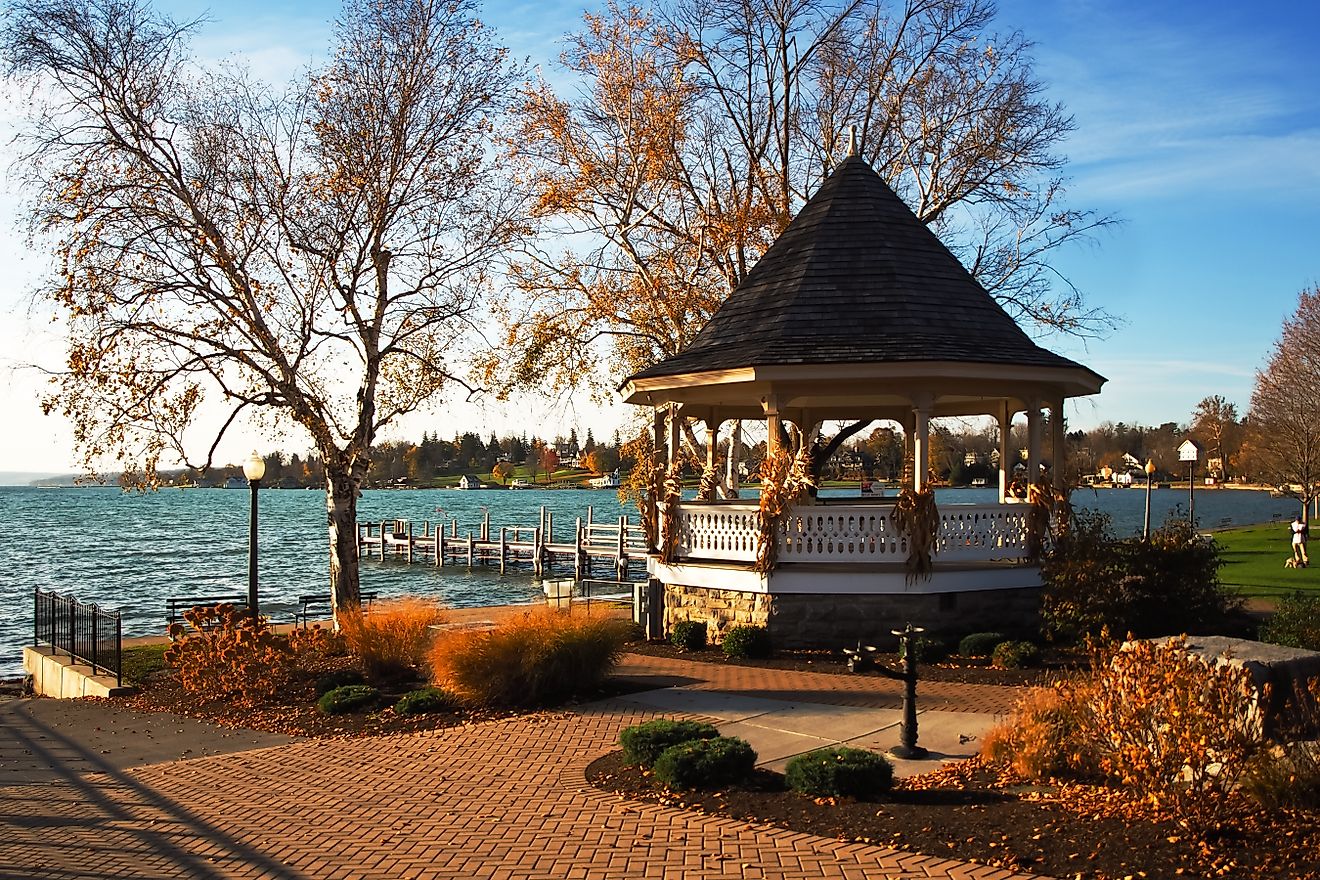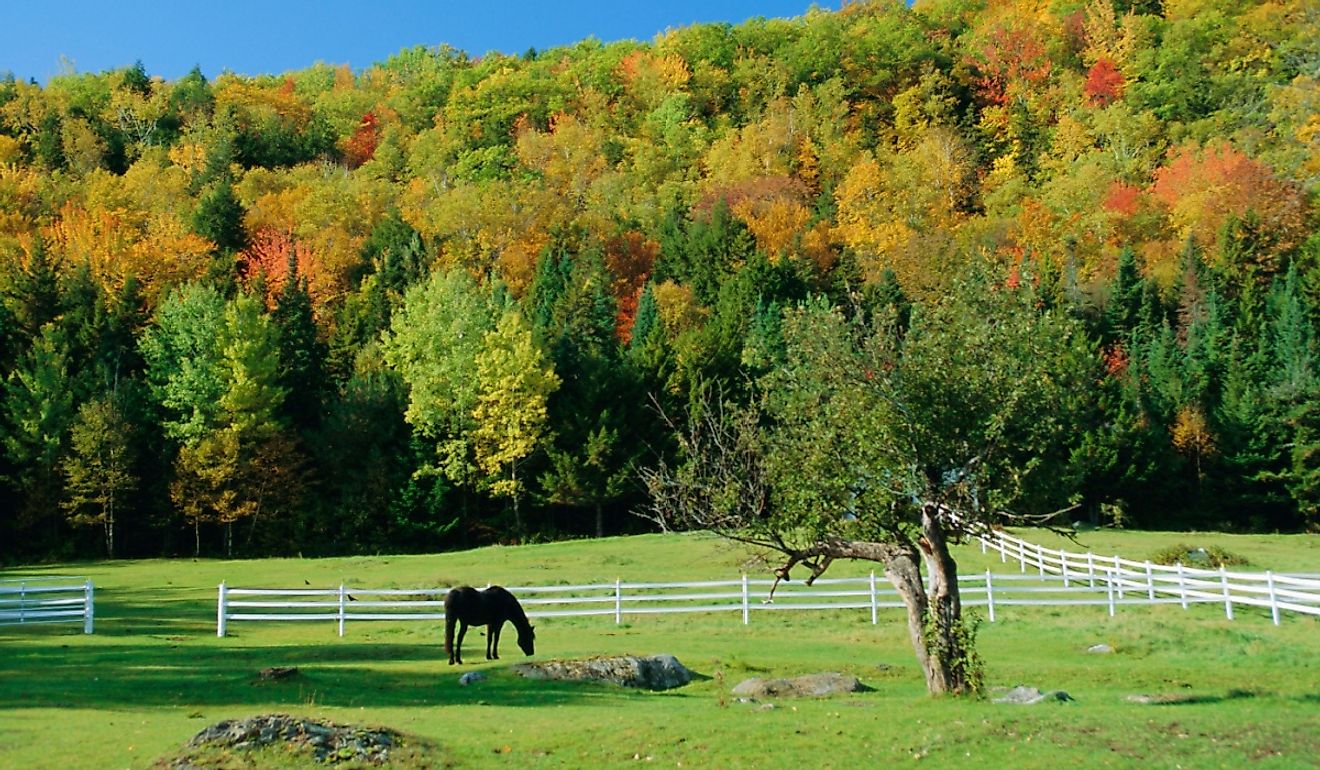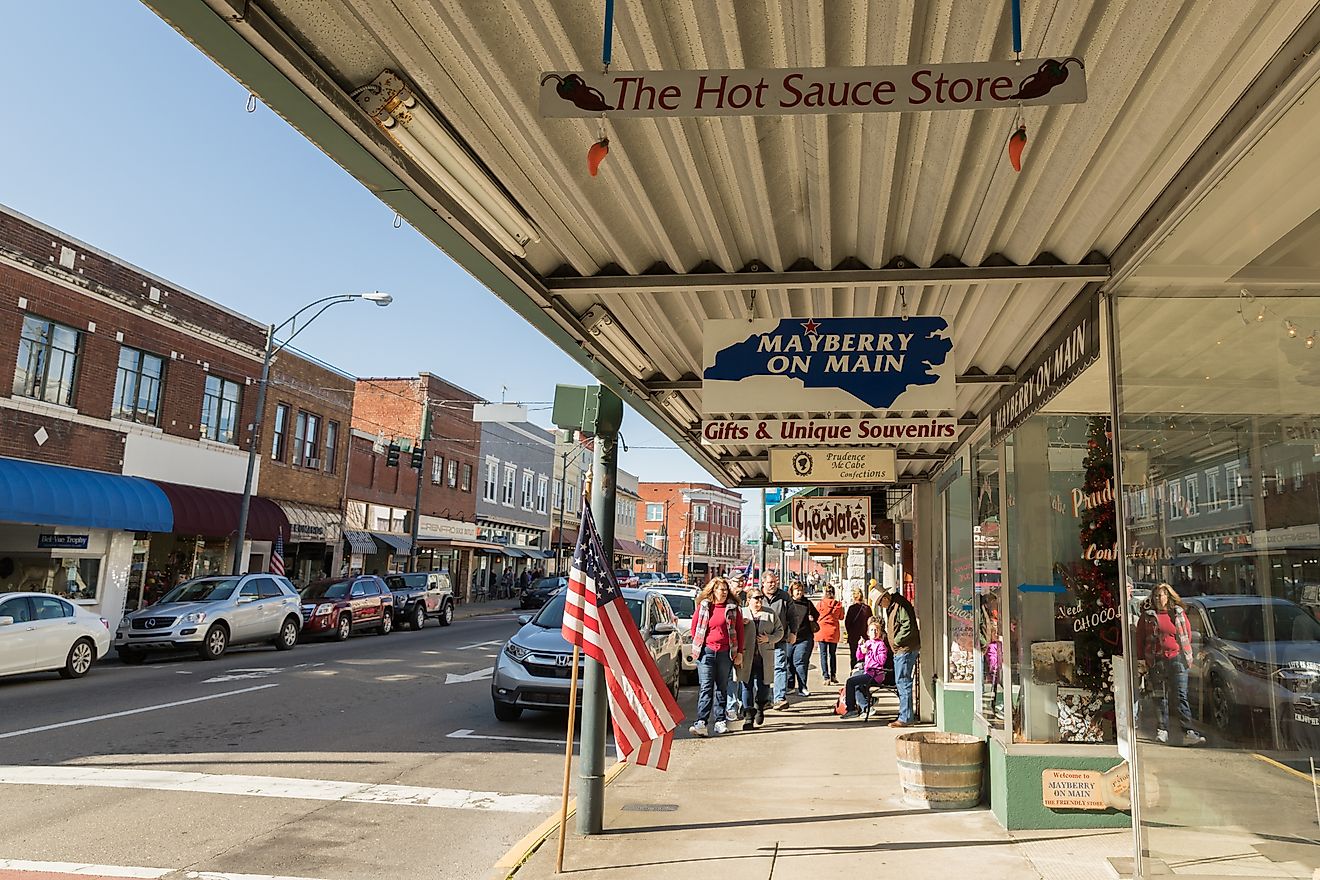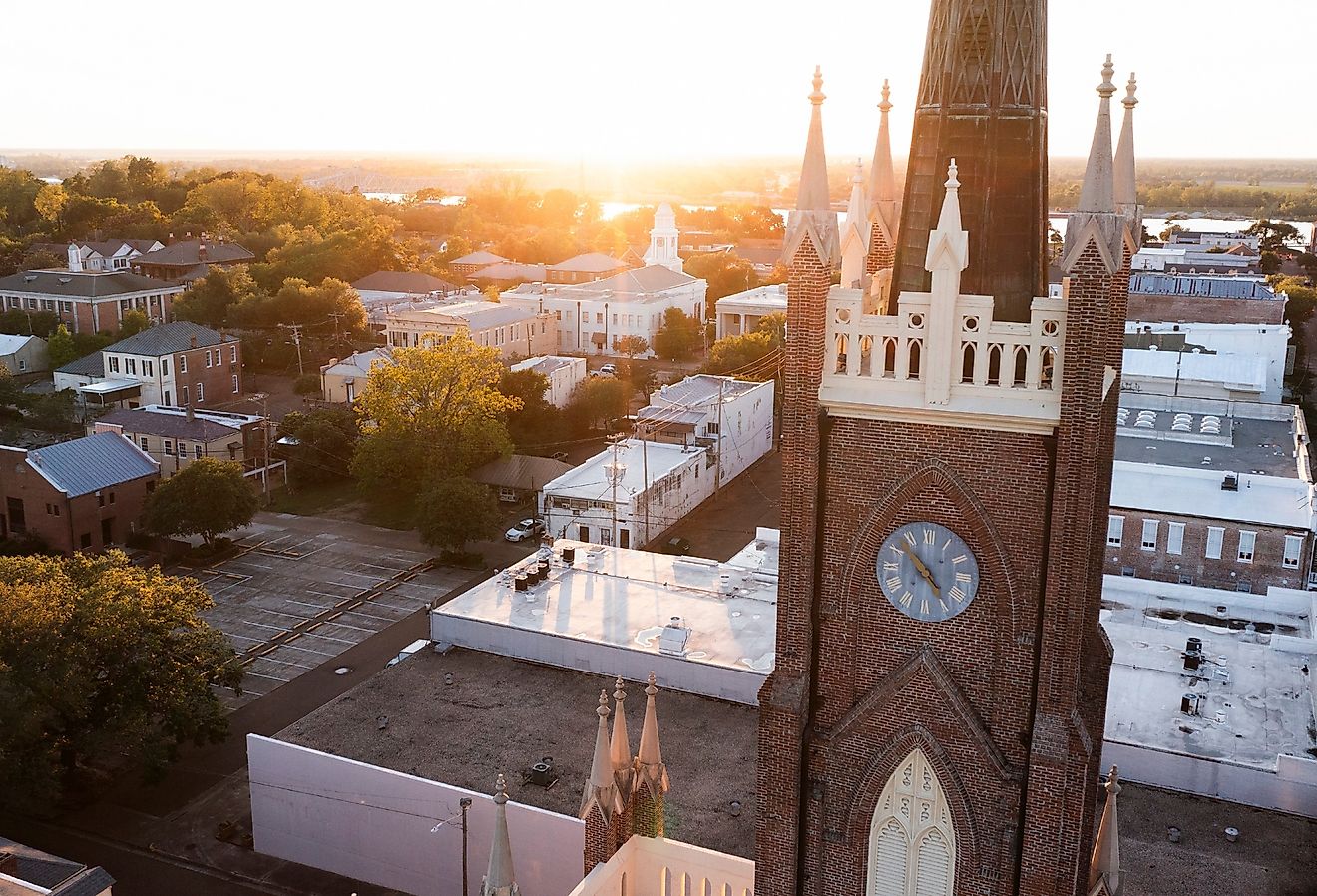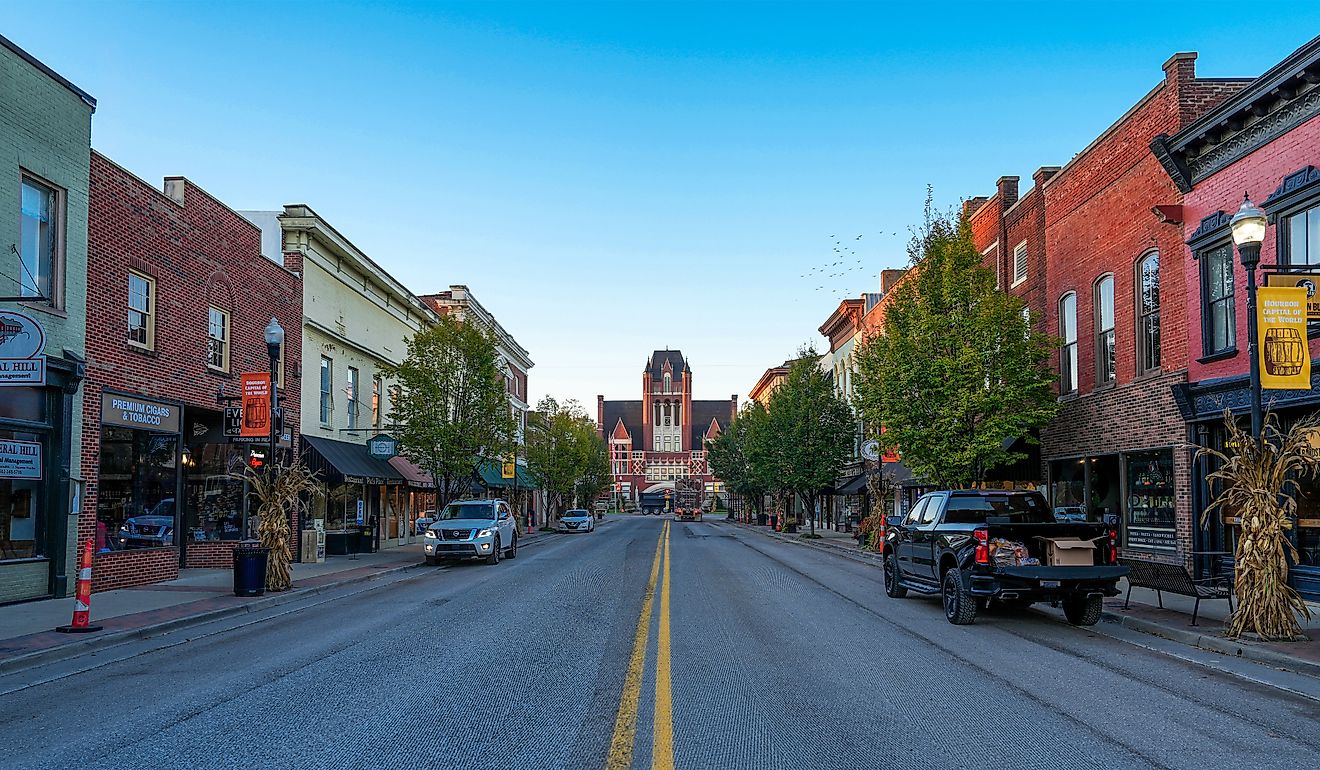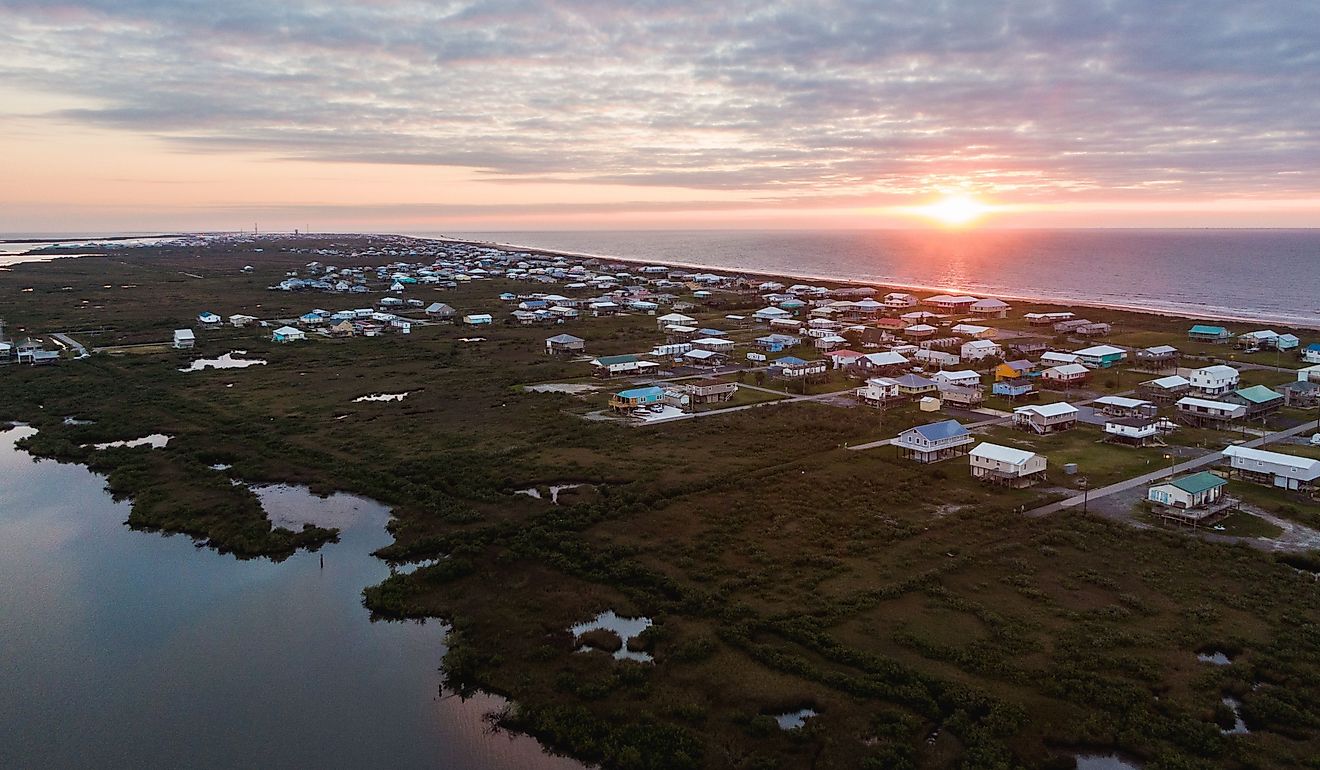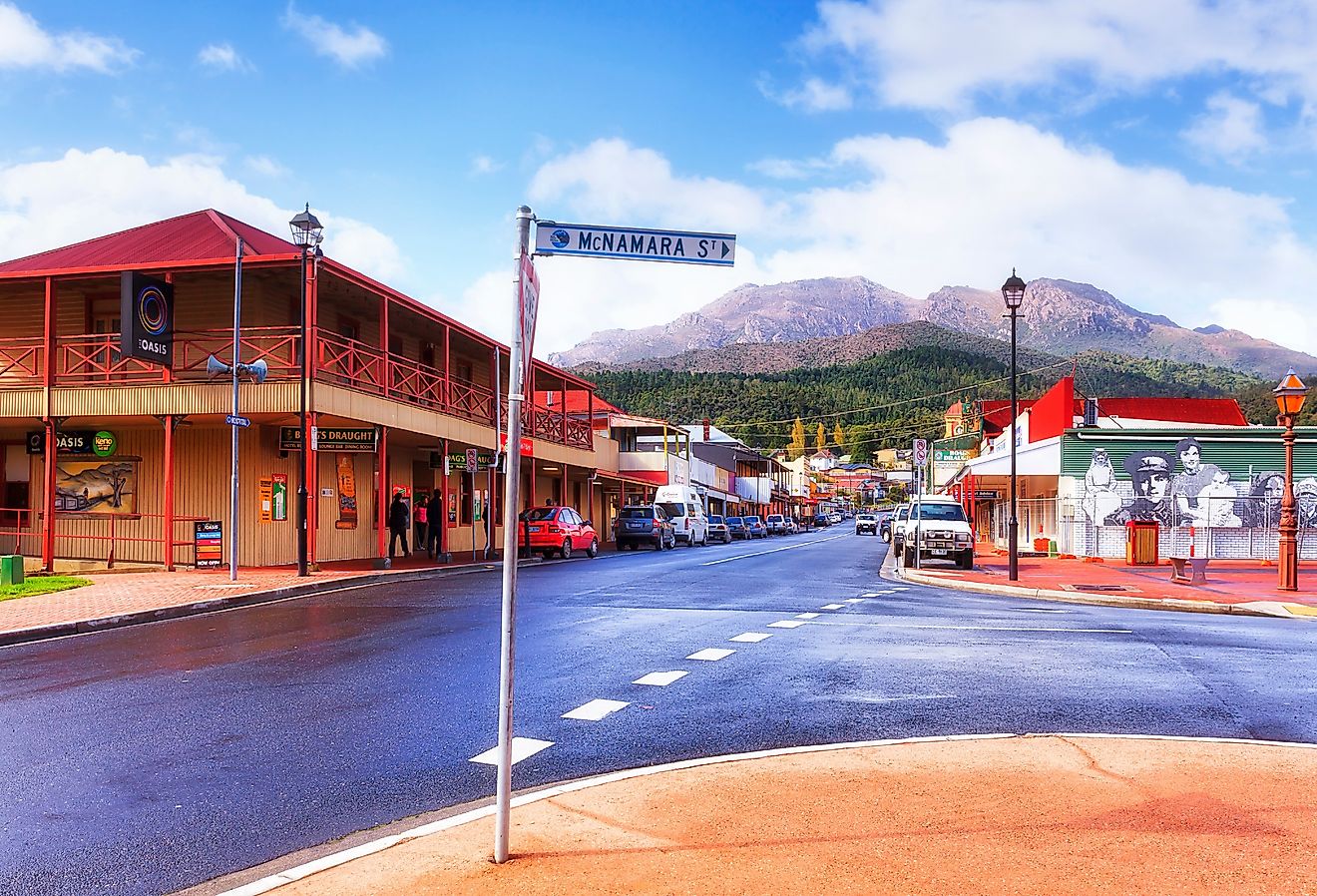
These Small Towns in Texas Have the Best Historic Districts
Texas is unique among the other states that make up America, as it is the only state in the union that was previously its own republic. That history of independence runs deep in Texas culture to this day. It is said that everything is bigger in Texas. Visitors by plane are met with this reality upon arrival at the Dallas Fort Worth Airport, which seems like it goes on forever, as does the drive across Texas. Austin and San Antonio are known for their rolling hills, and West Texas has its rugged plateaus and desert mountains. Most of the state, however, is flat and spread out, making the sky seem endless. The state has a rich history that has been impacted by Native Americans, Mexico, France, Spain, the western frontier, the Civil War, the oil boom, and the Civil Rights Movement.
Nestled among the diverse terrain of the state with its rivers, Gulf Coast, hills, and high desert mountains are small towns with their own fascinating histories and proud historic districts. These towns have well-maintained period buildings and homes from the 19th century and earlier. Many of these towns, with their brick or cobblestone streets, Victorian homes, and old western feel, will steal one’s heart. Come with us on a tour of the small towns of Texas with the best historic districts.
Gruene
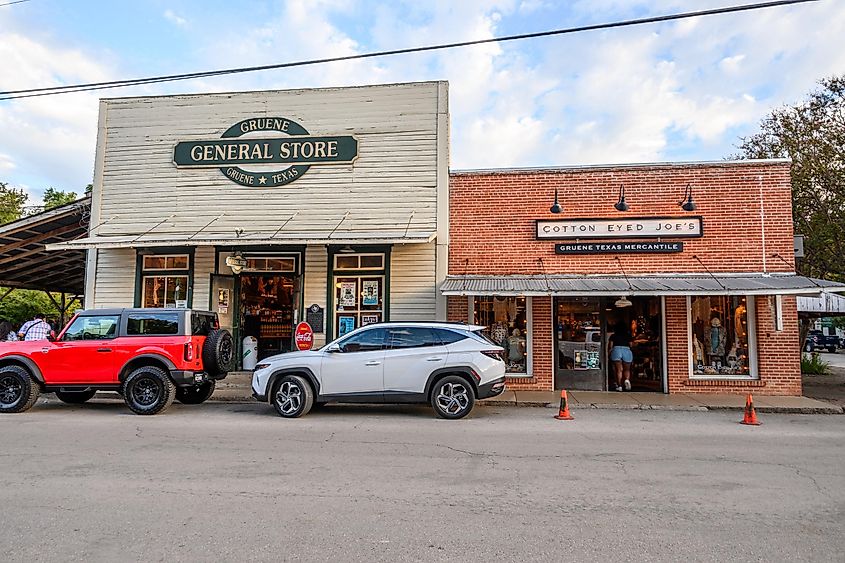
Located in the city of New Braunfels, the Guadalupe River runs through the historic district of Gruene. Established in the mid-1800s by German cotton farmers, the town has experienced some ups and downs. The boll weevil plague of the 1920s had a devastating impact on the town’s economy, and the population declined. Today, the main economy is tourism. Just a short hour car ride from Austin, visitors enjoy the rustic feel of the old Texas town with its German influences. The historic district has been well maintained and features a few notable historic landmarks, beginning with Gruene Hall, which claims to be the oldest continuously run dance hall in Texas. Gruene Mansion Inn is a period home in the Victorian style. Lastly, Gristmill River Restaurant is housed in a renovated cotton gin with views of the Guadalupe River. Commercial attractions include the Gruene Antique Company and the General Store.
Jefferson

The town of Jefferson, established in the 1800s, is nestled along the Big Cypress Bayou and was once a popular river port. The growth of the town was supported by steamboat traffic. A walk down the brick-lined streets reminds one of the town’s roots as an Old West gambling town, complete with saloons and brothels. Today, Jefferson is a sleepy tourist town with a river port that has not seen a steamboat since 1904, but back in the day, Jefferson saw a lot of action, and some claim it is one of the most haunted towns in Texas. The culture of the town is shaped by its well-maintained antebellum homes and its commitment to keeping that history alive. Top historic landmarks are the Jefferson Carnegie Library and the House of the Seasons, which was built in 1872 and is still active as a bed and breakfast today. It's also worth visiting the Jefferson General Store and the Jefferson Historical Museum.
Lockhart

Lockhart is a beautiful town with rolling hills and open countryside and was founded in the 1800s. The town originally based its economy on agriculture, but a severe drought destroyed that industry just as farmers returned from the Civil War. However, as so often is the case, this problem was just a disguised opportunity, and where crops couldn’t grow, cattle could graze. The town would go on to become a center in the cattle trade. The railroad arrived in the late 19th century and changed the town as it did many American towns of that era. The Caldwell County Courthouse is a must-see period building featuring a four-way Seth Thomas clock. The Dr. Eugene Clark Library is the oldest operating public library in Texas. The Kreuz Market has been a popular BBQ joint since 1900. Consider stopping by Chisholm Trail Barbecue or Black’s Barbecue for some more great Texas eating.
Bastrop
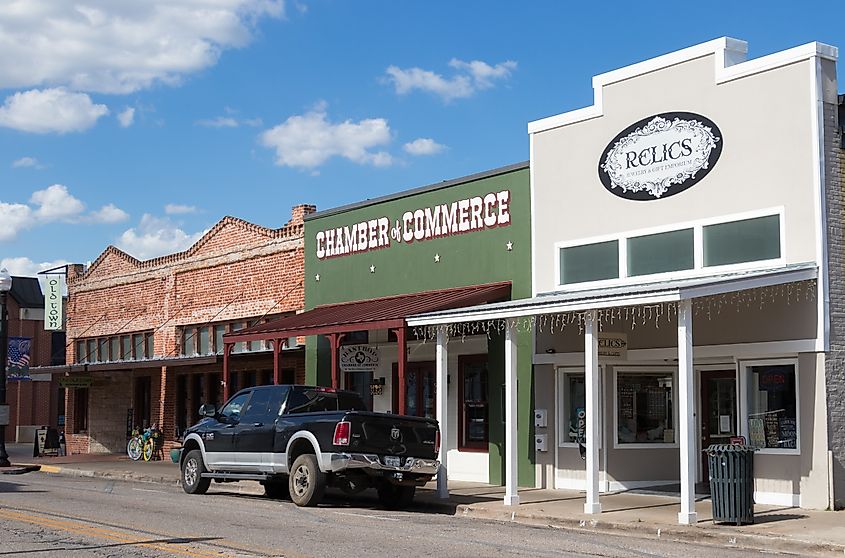
The town of Bastrop is located along the Colorado River with its woodlands of pine. Originally home to the Tonkawa and other native tribes, it was first occupied by European immigrants in 1804 and officially established in the 1830s. Bastrop was a town that initially supported itself through the timber industry and eventually grew into a hub for agribusiness. Today, the town has so many buildings on the National Register of Historic Places that it has been dubbed the “Most Historic Small Town in Texas." The town’s Main street and courthouse are at the heart of the historic district. Must-see landmarks are the Bastrop County Courthouse, the Bastrop Opera House (dating back to the late 1800s), and Fisherman’s Park, which sits along the river with walking trails full of beautiful vistas. One might also enjoy Maxine’s Café and Bakery for a treat. Bastrop River Company offers outdoor adventures as well.
Nacogdoches
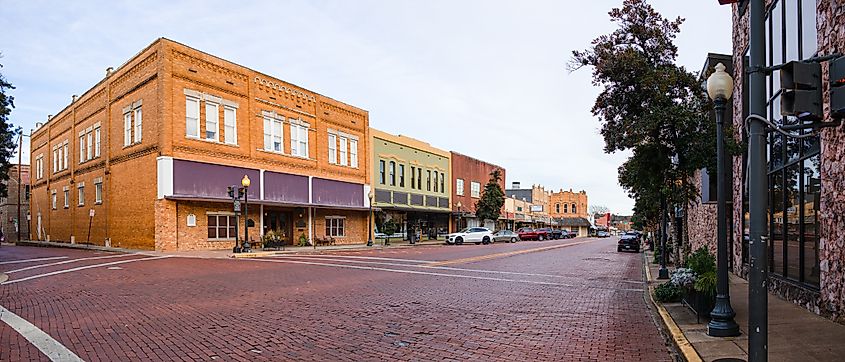
The small town of Nacogdoches is in a wooded region with pine trees and is graced by Lanana Creek, which flows through it. Considered by many to be the oldest town in the state, it was founded in 1779 but has a much older history. The town flew nine different flags during its long history, as it was controlled at different points by Spain, France, Mexico, and finally, America, among others. Its earliest recorded inhabitants date back to 800 A.D., long before it was a town by the Caddo tribe, a group of traveling traders who built log cabins and burial mounds. The town played a vital role in the fight for independence and was devastated by the Civil War but rebounded economically by the late 1800s. The well-preserved historic district includes popular historical landmarks like the Stone Fort Museum (with its historic structures), the Sterne-Hoya House Museum (a restored home from the 19th century), and the Stephen F. Austin State University, which was established in 1923.
Granbury

The town of Granbury is characterized by Texas hospitality and bounded by the nearby Brazos River. It is also known as the town “Where Texas History Lives.” Named after a Confederate General, Granbury was founded in the 1860s, and many of the buildings in its historic district were built during that period. There are many 19th-century Victorian-style homes that have been well preserved. Granbury’s downtown square is listed on the National Register of Historic Places, and the town’s folklore includes stories of Davy Crockett and Jesse James. The town was also influenced by the Civil War. Historic landmarks include the Hood County Courthouse, which has a three-story limestone structure. The Granbury Opera House is also a historic landmark built in the 19th century. Lastly, the Granbury Historic Railroad Depot showcases history from the frontier days. A great place to eat is Babe’s Chicken Dinner House, which has some good country cooking.
Fort Davis
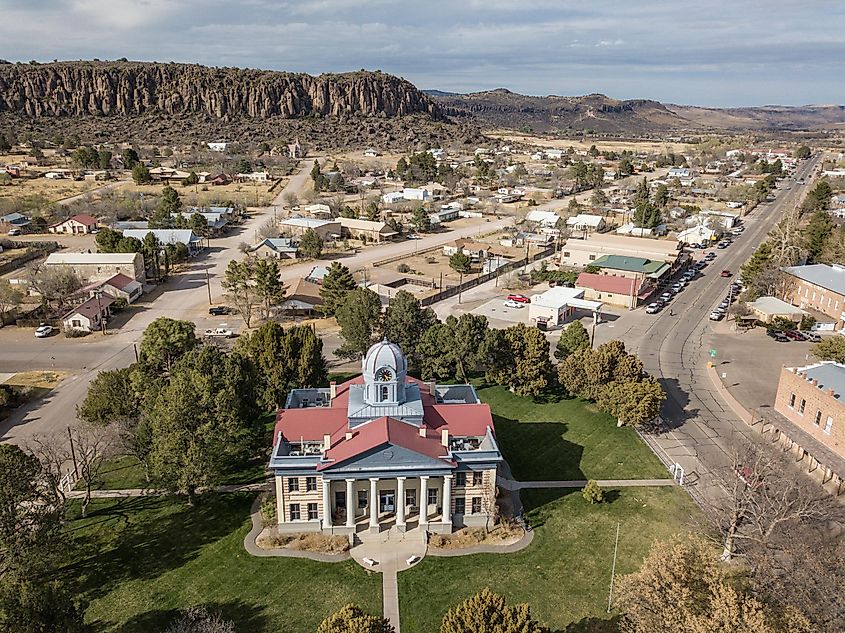
Although Fort Davis is an unincorporated town, it serves as the county seat of Jeff Davis, which is named after the Confederate President, Jefferson Davis. This name has been a point of contention, and many towns' residents have petitioned for the county name to be changed. The area was originally established as a military post in 1854 and has its fair share of interesting legends. One such legend involves Dolores Gavina Doporto, who supposedly built a fire every Thursday night to communicate with her deceased fiance. The town also has a long tradition as a ranching center. The town has a great historic walking (or driving) tour that begins in the town square and stops at 23 historic sites. Must-see landmarks include the Davis Mountains State Park, with beautiful hiking trails and nature. Fort Davis National Historic Site is an important historical landmark that served as the frontier military post. The nearby McDonald Observatory is well worth a visit as well. Commercial attractions include Stone Village Market and Hotel Limpia, which was built in 1912.
Small Towns with Big Histories
One can see that everything is big in Texas, from its landmass to the pride of its culture and its outsized history. Even the small towns are bursting with pride in their historic districts and all they represent. From the historic dance halls of Gruene to the Victorian elegance of Jefferson and the frontier spirit of Fort Davis, these small towns offer a glimpse into the past, preserved for future generations to appreciate. Consider seeing some of these towns in person on your next visit to the Lone Star State!
